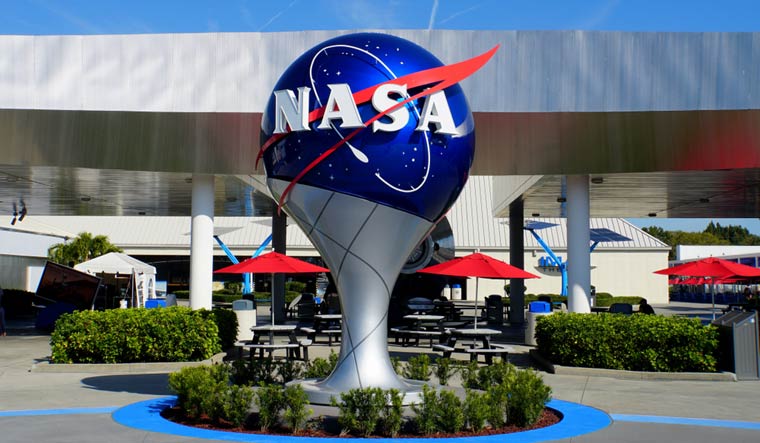The US space agency NASA has selected eight new research teams to collaborate on research about the Moon, near Earth asteroids, and the Martian moons Phobos and Deimos and their near space environments.
The Solar System Exploration Research Virtual Institute (SSERVI) will support the new teams for five years at a combined total of about USD 10.5 million per year, funded by NASA's Science and Human Exploration and Operations Mission Directorates, NASA said in a statement.
"The discoveries these teams make will be vital to our future exploration throughout the solar system with robots and humans," said Lori Glaze, director of the Planetary Science Division in NASA's Science Mission Directorate.
Eight SSERVI teams were selected via peer review from a pool of 24 competitive proposals, according to the statement.
One such team, led by Rosemary Killen at NASA's Goddard Space Flight Center in Maryland, will focus on plasma interactions with airless bodies and determine the effects of the space environment on robotic and human assets at various geographic locations on the Moon. The team also will model the radiation environments and related effects associated with space exploration.
Another team led by Jennifer Heldmann at NASA's Ames Research Center in California's Silicon Valley will focus on determining what volatiles are available on the Moon for in-situ resource utilization. It will assess the quantity and availability of resources on the Moon, test the technology required for processing those resources, and field test the concepts of operations required for sustained human lunar presence.
"We are extremely pleased that the community responded with such high-quality proposals, and look forward to the many contributions new SSERVI team members will make in addressing NASA's science and exploration goals," said Greg Schmidt, SSERVI's director at Ames.
Based and managed at Ames, the SSERVI was created in 2014 as an expansion of the NASA Lunar Science Institute.



